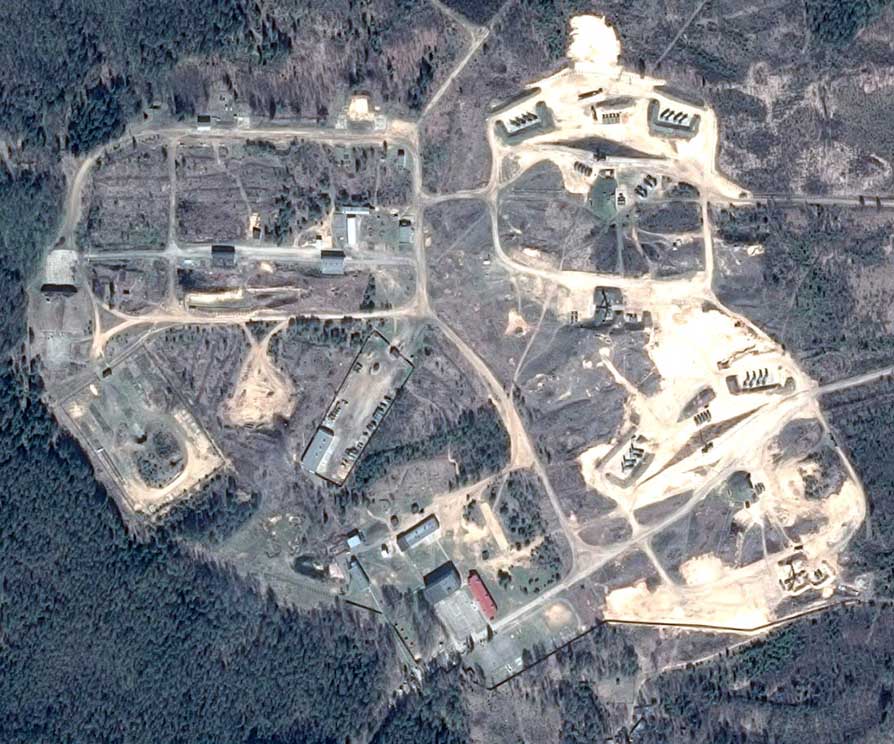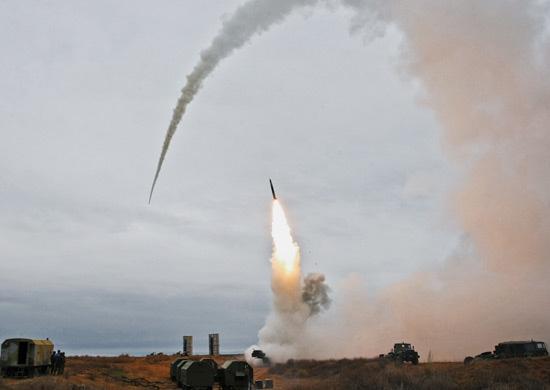Belarus has received new ground-to-air defense systems from Russia. Confirmation comes from the new satellite images of Google Earth, updated to last week. The delivery of the S-300 to the last buffer state in Eastern Europe is part of the Collective Security Treaty Organization which provides for the unification of regional air defenses in Russia, Armenia, Belarus, Kazakhstan, Kyrgyzstan and Tajikistan.
The delivery of the S-300 systems is part of the first phase of the program. Phase two involves the unification of the systems and their adaptation to standard operations. This will allow the creation of an air defense system throughout the CSTO space. The S-300 were deployed in a defensive position near Polatsk and Grodno, along the borders of Poland and Lithuania.
The timing is still curious. For years, Belarus has been waiting for the delivery of new systems to be integrated into the defensive architecture. Growing tensions with NATO, even in view of the upcoming Alliance summit in Poland, have accelerated delivery times.
The S-300 is a defense system based on the 9M82M / 9M83M interceptor, designed for tactical defense against broad-spectrum targets such as ballistic missiles, aircraft and helicopters. The missiles rely on an inertial system with half-way radio updates, while in the terminal phase on a semi-active radar. S-300 are considered immune to most Western ECM countermeasures. Once online, they do not require maintenance for at least ten years.
The Polatsk site (photo below), less than 50 miles from the Latvian border, previously housed S-200 batteries. Today it is instead able to launch 80 missiles, although satellite photos show that there are sixteen operational shooting positions. The Grodno site, which also houses an early warning radar, houses a single battalion of six tels, five of which are ready for launch. Work is underway to host a second battalion. Finally, the Brest site should receive an S-300 battalion once the works have been completed.

(photo: Russian Fed. MoD / Google Earth)












